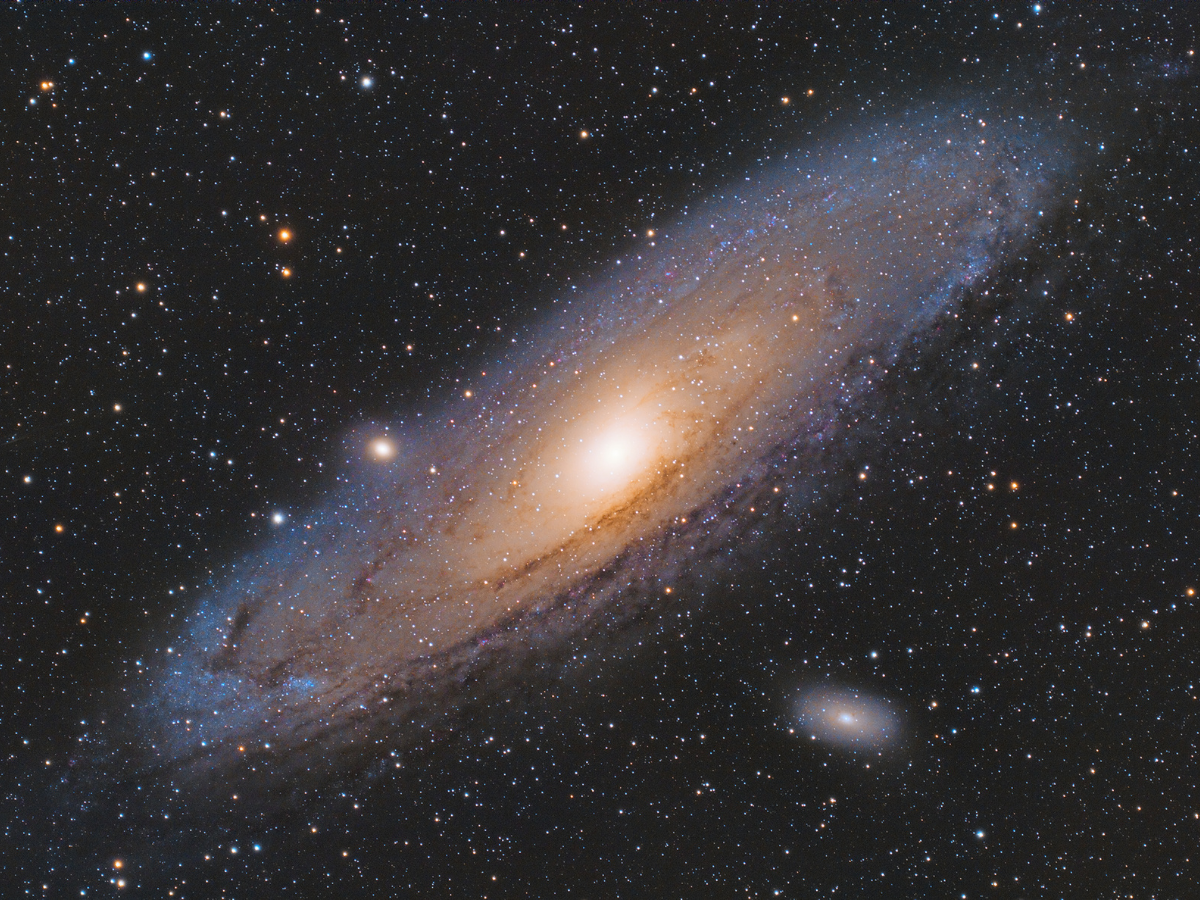
A Galaxy in Our Neighborhood: Andromeda …
When we look from our world to the sky, to the depths of space, what we can see is limited. The moon, the sun, the stars and maybe the blink of Mars … We don't think we'll be able to see more. Maybe… Maybe we can see Andromeda. Aha! The “Andromeda Galaxy” is a galaxy from our neighborhood.
Do you wonder how? Let’s talk about it…
When we say neighborhood, we really mean a neighborhood. This is a concept that has an equivalent in astronomy. … Andromeda comes from a group of galaxies called the "Local Group". We are talking about the group of galaxies called the "Local Group", which consists of about 54 galaxies together with our own Milky Way and Andromeda.
In Greek mythology, Andromeda is the daughter of Kepheus, king of Aithopia, and Cassiopeia, and the wife of Perseus. The Turkish definition of Andromeda corresponds to the meaning of "girl in a irons". In other words, we can say that mythology appeared here again.…
Anyway, going back to deep space, Andromeda is a spiral galaxy located in the Constellation and is home to a trillion stars. The distance between it and our galaxy, the Milky Way, is approximately 2.5 million light years.
Another important feature of Andromeda is that it is the most distant celestial body that can be seen from Earth. Andromeda is the farthest object you can see with the naked eye if you're on a sufficiently dark and clear night. It is also the closest large galaxy to the Milky Way.
On the other hand, the Andromeda Galaxy and the Milky Way Galaxy are getting closer to each other at 112 kilometers in every second. These two galaxies are expected to collide, or merge, to form a giant elliptical or lenticular galaxy in about 4.5 billion years. We do not know what will happen as a result of this, but you can breathe a sigh of relief. Calculate how many days 4.5 billion years are...
The Andromeda Galaxy has a spiral structure like the Milky Way. The Milky Way has 250 billion stars, while Andromeda contains about 1 trillion stars.
Meanwhile, scientists have been conducting detailed studies on black holes, stars and other objects in the Andromeda Galaxy in recent years. Let's see what secrets these studies will reveal. Perhaps as a result of the collision of two galaxies, we can move to a different dimension and make an interstellar transition. But this will take a very long time.
We have a few recommendations for those who want to see Andromeda. You're looking right now though, aren’t you? Anyway… From mid-northern latitudes, you can see Andromeda every night, at least at certain times, all year long. You can search for the galaxy in the middle of sunset and midnight for your location in late August and early September. In late September or early October, the galaxy will shine in the twilight in the eastern sky. It rises higher in the middle of the night.
If you are away from city lights, on a moonless night, and if you look at the sky in late summer or autumn and winter evenings, you can easily see Andromeda in the sky. Let's give a tip. Andromeda will appear in the sky as a hazy speck as wide as the full moon.
Enjoy it…
